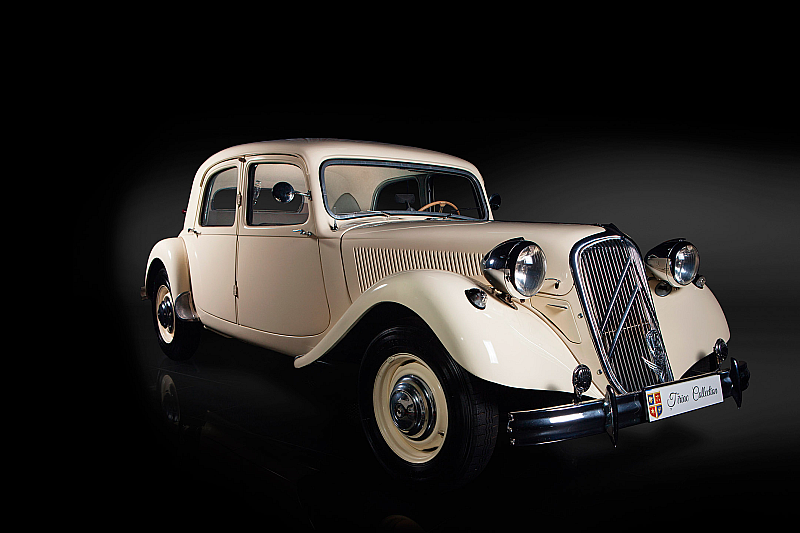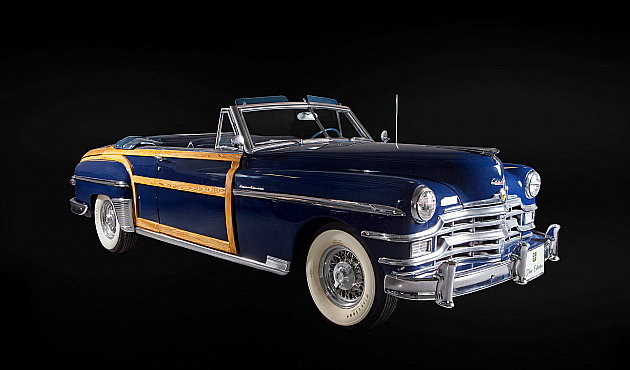Istorie
Styled by sculptor Flaminio Bertoni and engineered by Andre Lefebvre and Maurice Sainturat, the Citroen Traction Avant was incredibly modern by the standards of the time, being the first mass-produced unibody, front-wheel-drive car (hence the "nickname" Traction Avant), and featuring independent torsion bar suspension and hydraulic brakes. In many respects the design was not technologically superceded by other vehicles until the late 1950’s. Approximately 760,000 units were produced between 1934 and 1956.
Full description
Styled by sculptor Flaminio Bertoni and engineered by Andre Lefebvre and Maurice Sainturat, the Citroen Traction Avant was incredibly modern by the standards of the time, being the first mass-produced unibody, front-wheel-drive car (hence the "nickname" Traction Avant), and featuring independent torsion bar suspension and hydraulic brakes. In many respects the design was not technologically superceded by other vehicles until the late 1950’s. Approximately 760,000 units were produced between 1934 and 1956.
The Traction Avant was not built to a radical spec sheet: targets were set for a modest top speed of 100 km/h (62 mph). Though originally intended to operate with an automatic transmission, early gearboxes failed and the car ended up with a three-speed manual. The final product, however, was still a very forward-thinking design. Built entirely of steel at a time dominated by wood-frame construction, the Traction Avant was approximately 25% lighter than its contemporaries. Because the unibody construction eliminated the need for frame rails, it was much lower than other cars, yet still boasted a capacious interior. Initially available as a Berline, Cabriolet, or Faux-cabriolet (coupe), variants would later include the rare Commerciale with its flat-folding rear seats, and the Familiale, which could seat nine.
Traction Avant was never the official name of the car. Instead, the different name variants this car had were according to the French fiscal horsepower rating, or CV, used to determine annual car tax levels. Early cars were fitted with a four-cylinder 1302cc engine making just 32 horsepower, earning it the official name 7CV (1934-1941). The 11CV (known simply as the Onze, 1934-1957) produced up to 65hp, and the later six-cylinder 15CV up to 77hp (1939-1956). A prototype model called the 22CV was built with a 3.8-litre V8, but never entered production and no examples are believed to survive.
This car is a 15CV (15/6 D) built in 1952. The "French" 15CV was also known as the 15/6, nominating the fiscal French CV rating and next to the number of cylinders. It had three consecutive variants. First came the 15/6 G (1938-1947) with the engine turning to an unconventional left, than the 15/6 D (1947-1955), whose new gearbox permitted the engine to turn to the right, The 15/6 D can be easily recognised by the "15, 6 cyl" inscription on the front grille. Finally, the 15/6 H (1954) was the last evolution of this model, sporting a revolutionary suspension system that was going to be fitted 18 months later on the new DS 19.
The car has 79.804 km on board.





